Adding houseplants to your home décor is a wonderful way to include some greenery into your home and create a more relaxing and restful ambience. Many houseplants have medicinal properties too and can help purify the air.
However, not every plant is suitable to be kept at home. Some plants can be toxic to humans and pets. Therefore, for the safety of your loved ones, here is the list of five plants you should never keep inside your home.
Note: Most nurseries or gardening centres do not provide any sort of warnings/labels on plants regarding their level of toxicity. Therefore, before purchasing any houseplant, it is recommended to do some research on it and know about its qualities.
Philodendron
Philodendron is one of the most popular houseplants owing to its low-maintenance style and ease of growing. And it looks beautiful too! However, the plant contains calcium oxalate crystals, which can be toxic for both hu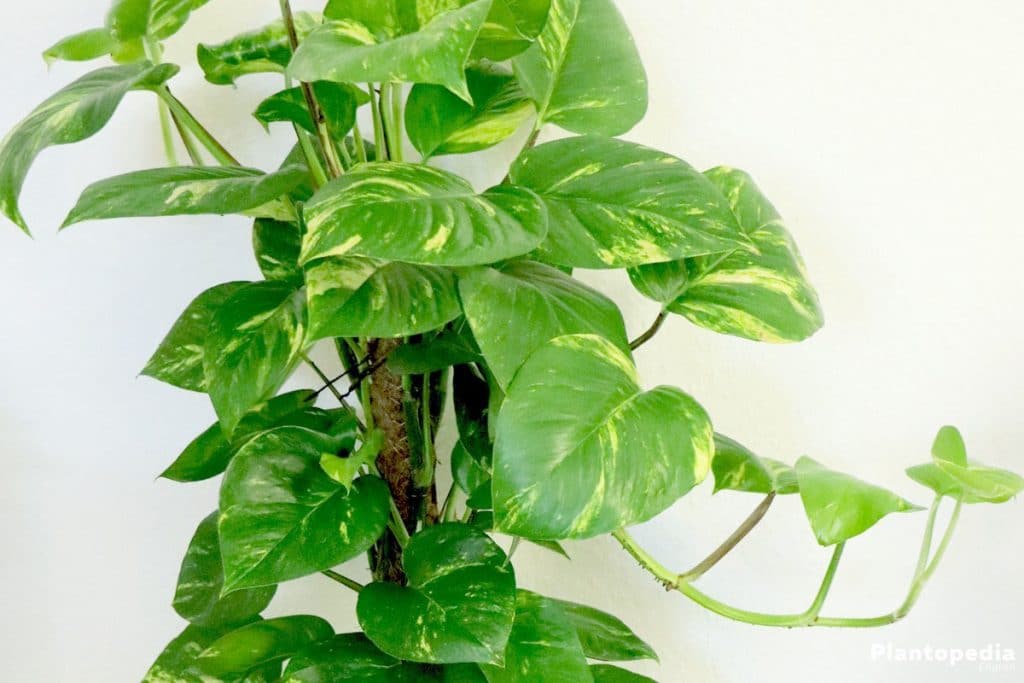 mans and pets.
mans and pets.
Ingesting philodendron can cause a dermatitis reaction in small children and swelling of the mouth and digestive tract in both adult and children.
Cats are especially toxic to philodendron, and there have been reports of spasms, seizures, and pain in both cats and dogs.
Philodendron can be grown with or without vining. If vining, the plants should be hung well out of reach of pets and children. For potted plants, it should be kept high on window shelves.
(Read More: 10 Houseplants That Are Easy to Maintain)
Lily
Lilies are one of the most beautiful flowers popular both as indoor and outdoor plants. These colourful plants are easy to grow and are found in many different varieties.
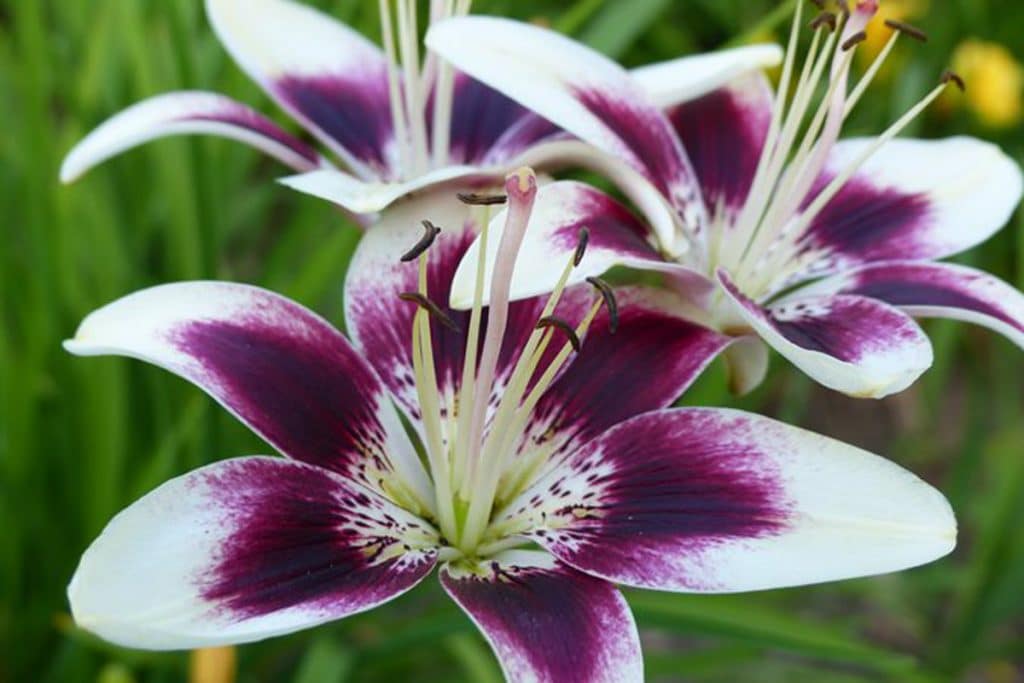 While some lilies are completely fine to grow inside the home, some varieties can be really toxic, especially to animals such as cats.
While some lilies are completely fine to grow inside the home, some varieties can be really toxic, especially to animals such as cats.
Every part of the lily plant is poisonous for cats and can cause vomiting, lethargy, and lack of appetite in them. If not treated on time, it can result in death.
In humans, it can cause a stomach upset, result in vomiting, headache, skin irritation or blurred vision.
If you are unaware of the type of lily in your home, it is better to be careful and keep these plants out of reach of children and pets.
Some toxic lilies include:
- Calla lily
- Easter lily
- Rubrum lily
- Tiger lily
- Day lily
- Asian lily
Oleander
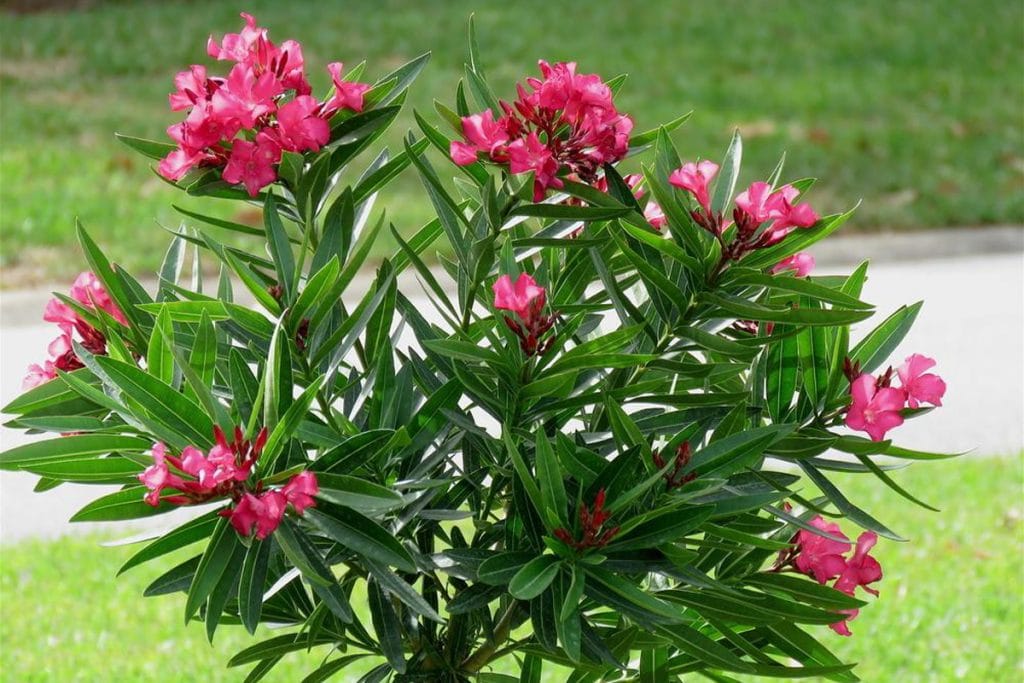 Also known as Nerium oleander, this innocent and delicate looking houseplant may not be very popular but is often spotted now and then in living rooms.
Also known as Nerium oleander, this innocent and delicate looking houseplant may not be very popular but is often spotted now and then in living rooms.
However, it is one of the most toxic houseplants!
Oleander can cause arrhythmia, dizziness, and tremors in adults. Fatalities have been reported as well, although this has happened when a large amount of the leaves are ingested. In pets, it can cause arrhythmia, vomiting, and cold extremities.
English ivy
This plant makes our heart melt when its vine creeps over brick walls or garden stones creating lush carpeting. When hung from the basket, they sneak out, creating a charming sight.
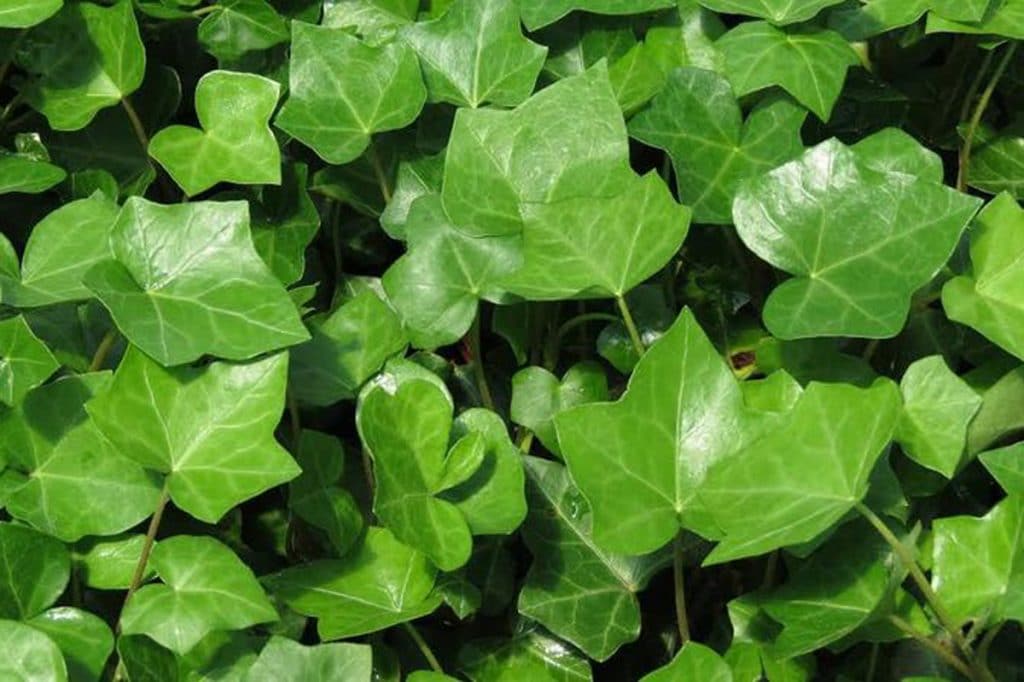 From being centrepieces in holiday homes to being a permanent resident in European balconies, the English ivy is said to purify the surrounding air.
From being centrepieces in holiday homes to being a permanent resident in European balconies, the English ivy is said to purify the surrounding air.
Ivy can cause severe skin irritation. While a small amount is not harmful, when ingested in large amounts, ivy can cause a burning sensation inside the mouth as well as stupor, convulsions, fever, and rash.
If cats and dogs eat the leaves, it can cause vomiting, diarrhoea, weakness, hyperactivity, gasping breaths, etc.
You can keep this plant at home but should be high enough not to be in the direct reach of children and pets.
Caladium
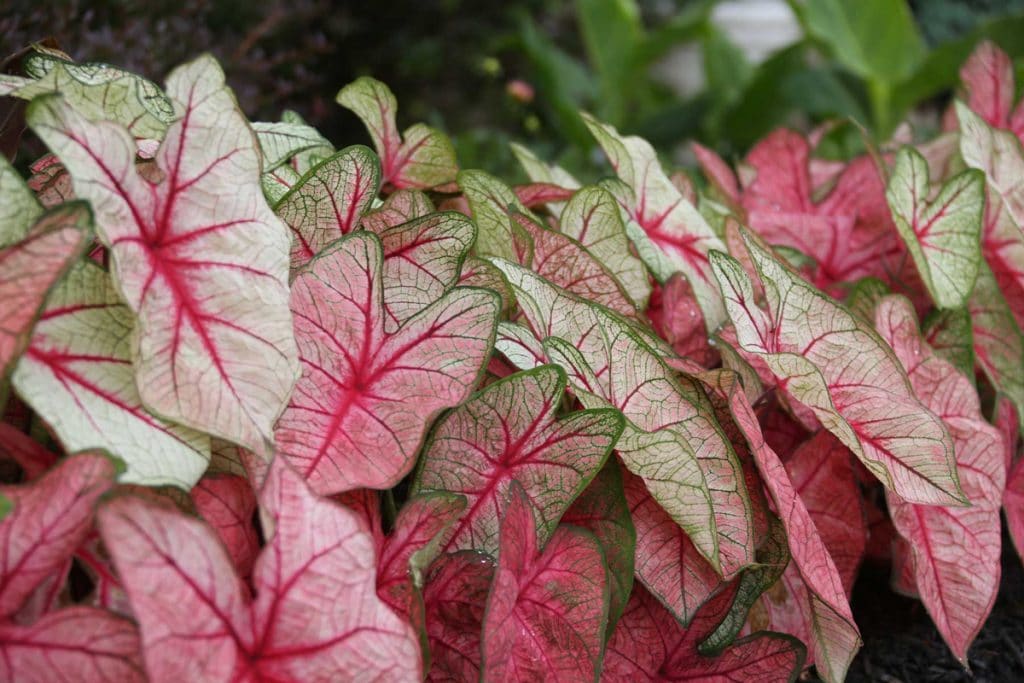 Also known as elephant’s ears or angel’s wings, caladium is a very popular houseplant for outside landscaping.
Also known as elephant’s ears or angel’s wings, caladium is a very popular houseplant for outside landscaping.
It is found in many different colours, including red, pink and white, and hence often used to add colours to the house garden or patio.
Caladium plants often bloom together to produce calla lily-like patterns.
However, the matter of concern is that all parts of the caladium plants are considered toxic to humans and animals. Even a small ingested amount can cause burning and swelling of the mouth, lips, tongue and throat. It can also cause difficulty in breathing and, in the worst cases, possible blocked airways that can lead to death.
In pets, it can cause nausea, vomiting, drooling, and difficulty breathing.


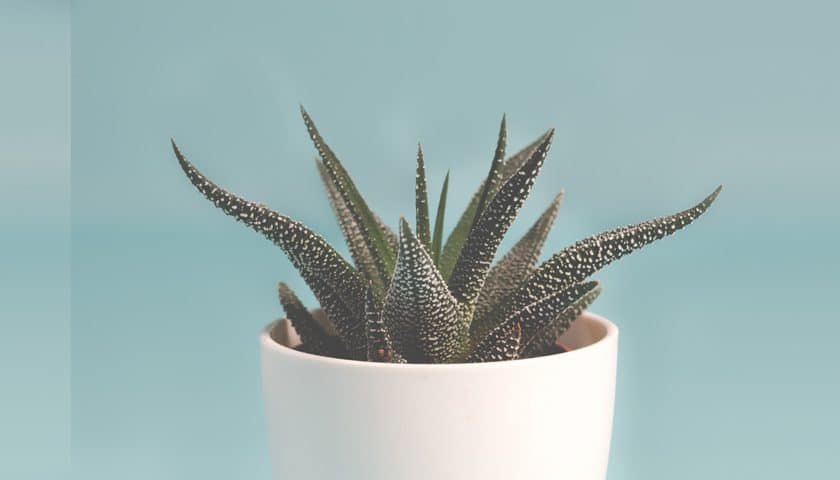

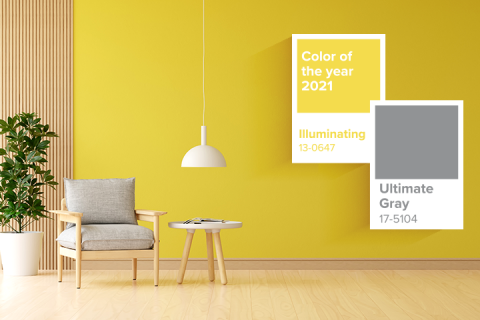

Absolutely right Lily is the most beautiful flowers popular both as indoor and outdoor plants.
Thank you for sharing a very interesting blog.
Hey, Thanks a lot for making me aware of these 5 plants which I must not keep inside my house. I’ll definitely share this post with my friends.
Thank you for this suitable article about 5 plants to never keep inside your house, it will help me and people like me looking for the same. I appreciate your effort for taking time to do your research and present these details before us. Really nice way to present this content, very appreciative!!
This is no reason not to have these plants inside your house. I’m pretty sure I don’t ingest other non-food items in my house. I thought this article was going to say something scientific about emitting co2 – now that would be newsworthy. And that would be a hidden reason to not want a certain plant inside my house. I’d like to read an article about that. Plants that emit so much co2 that make it not a good plant to keep indoors.